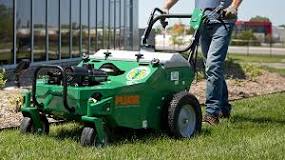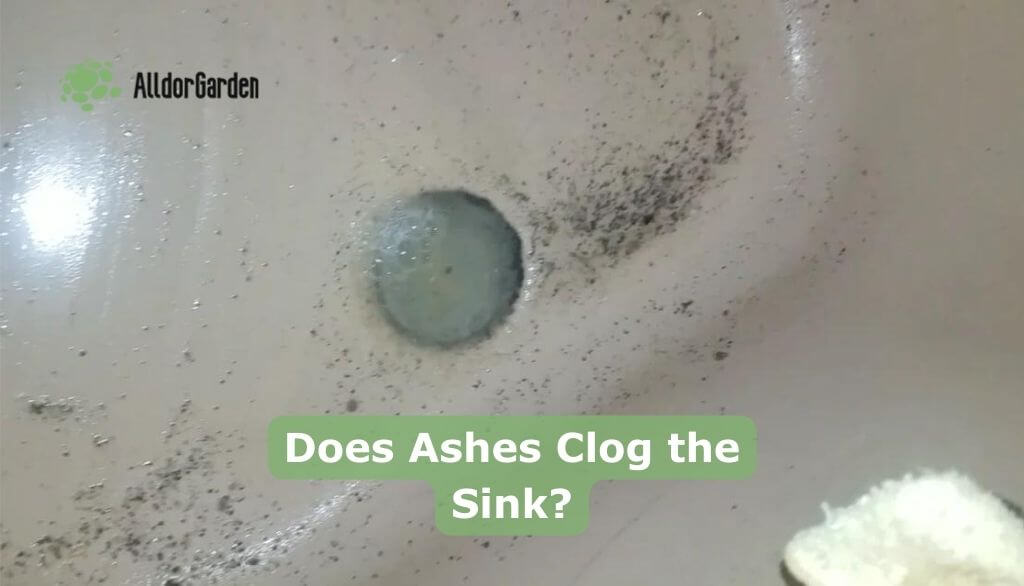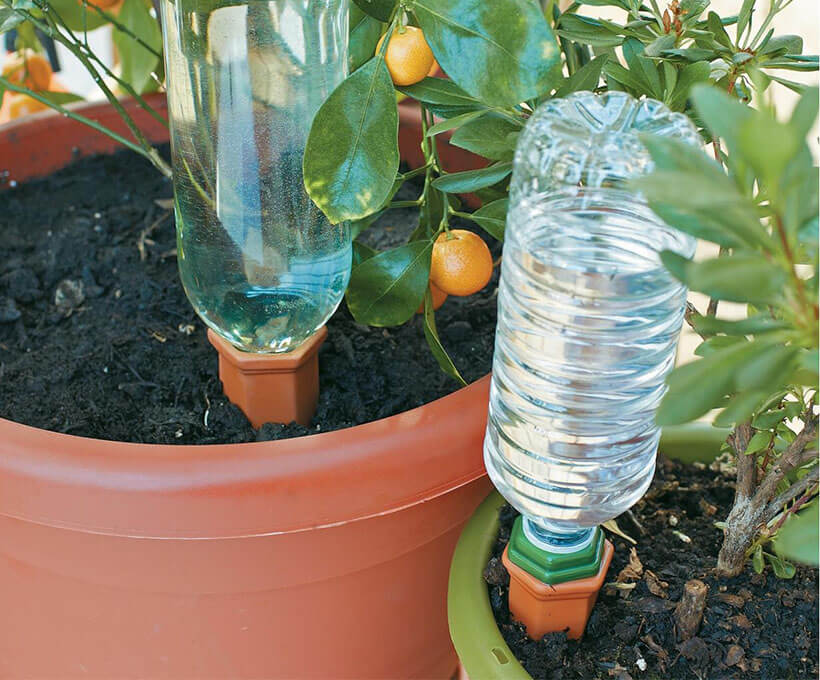When it comes to the age-old question of whether to scarify before or after cutting grass, the answer is pretty clear: you should scarify before cutting grass. This approach allows you to remove thatch and moss effectively, making it easier for your mower to do its job afterward. Let’s dive into why this is the best practice and how it can benefit your lawn.
Why Scarify First?
Scarifying, or dethatching, is all about getting rid of that pesky layer of dead grass and moss that can choke your lawn. Here’s why doing it first is a smart move:
Better Access to Soil
By scarifying before mowing, you’re opening up the soil. This means more air, water, and nutrients can reach the grassroots. A healthy lawn is a happy lawn!
Cleaner Cut
When you mow after scarifying, you’re cutting through a cleaner surface. If you mow first, the mower might just push around all that debris instead of cutting it cleanly.
More Effective Results
Scarifying first allows you to see where the problem areas are. After you’ve cleared out the thatch, you can easily spot any patches that need extra attention or reseeding.
What About Mowing?
Now, let’s talk about mowing. After you’ve scarified and cleared out all that junk, it’s time to give your lawn a good haircut. Here’s what to keep in mind:
Height Matters
Make sure your mower blades are set at the right height. You don’t want to scalp your lawn! A higher cut helps keep the grass healthy while still allowing sunlight in.
Frequency of Cutting
If you’re on a regular mowing schedule, stick to it! But if your grass has grown a bit wild due to neglect (we’ve all been there), give it a trim before scarifying. Just don’t go too short!
Summary
In summary, scarifying before cutting grass is the way to go. It prepares your lawn for a healthier future by improving air circulation and nutrient absorption while ensuring a cleaner cut when you finally mow. So grab your scarifier and get to work!
FAQ
How often should I scarify my lawn?
You should aim to scarify once or twice a year, usually in spring and autumn. This helps keep thatch levels in check and promotes healthy growth.
Can I scarify if my grass is wet?
It’s best to avoid scarifying wet grass as it can lead to uneven results and damage your lawn. Wait until the grass is dry for optimal results.
Will scarifying damage my lawn?
Not if done correctly! Scarifying can look harsh initially, but it actually promotes healthier growth in the long run. Just be sure not to overdo it.
What tools do I need for scarifying?
You can use either a manual rake or a powered scarifier. If you have a larger area, a powered option might save you time and effort!
Is there anything else I should do after scarifying?
Absolutely! After scarifying, consider overseeding bare patches and applying fertilizer for an extra boost. Watering well afterward will also help your lawn bounce back quickly.







